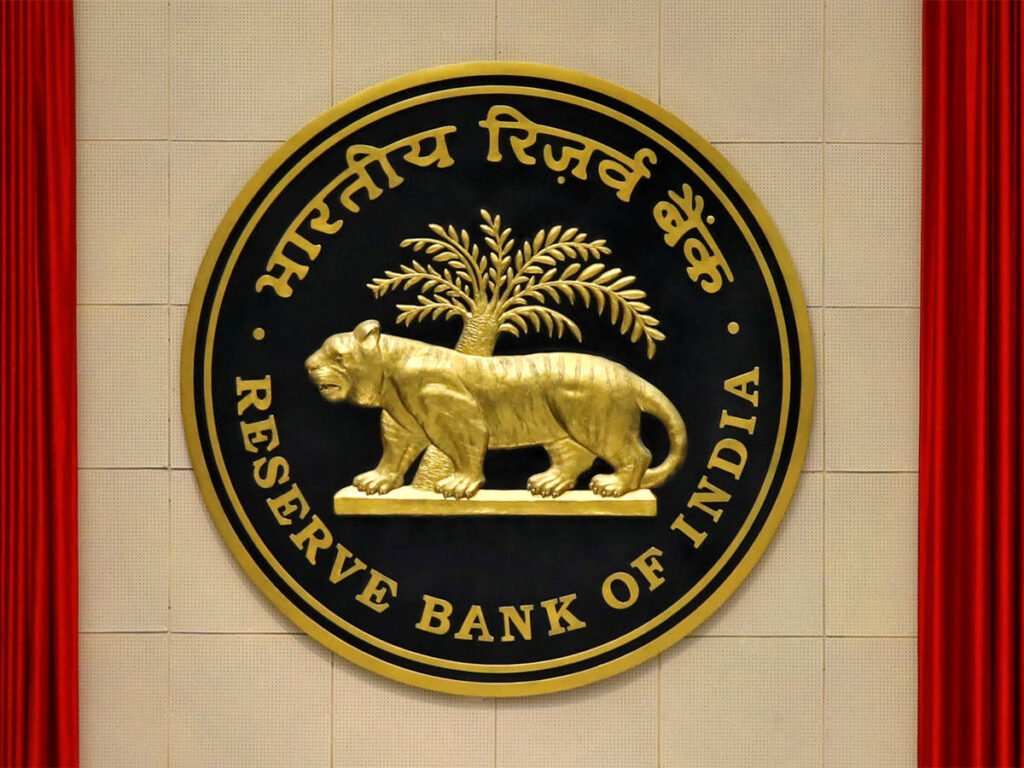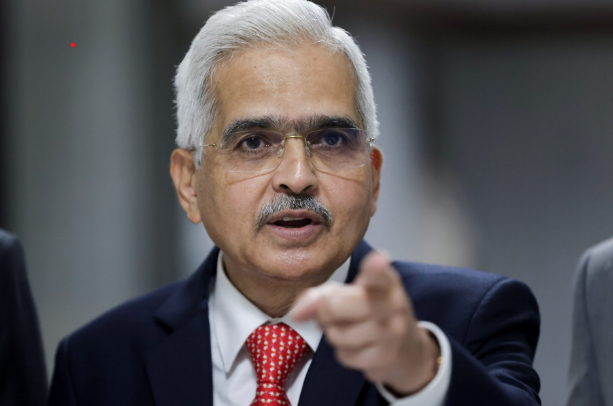Rupee Shows Resilience Amid Global Currency Declines, Bank of Baroda Report Reveals

India’s Currency Holds Steady Despite Pressure, US Dollar Strengthens on Election Uncertainty
In a recent report, Bank of Baroda highlighted the minor decline in the Indian rupee during October, a month marked by significant drops in other major global currencies. The rupee slipped to its all-time low of 84.09 per US dollar but managed to limit its fall to just 0.3% compared to September’s 0.1% gain. This resilience stands in contrast to the notable 3.2% rise in the US dollar, buoyed by geopolitical tensions and economic uncertainties.
Rupee Holds Ground Despite Record Low
Throughout October, the rupee traded within a tight range of 83.82 to 84.09 per dollar, illustrating a contained decline. “The rupee fell by 0.3% in October 2024, reaching its historic low of 84.09 per USD,” stated the report. The relative stability of the rupee reflects strength when measured against other currencies facing steep losses.
US Dollar Gains Amid Election-Driven Uncertainty
The report attributes the US dollar’s strengthening largely to heightened uncertainty surrounding the upcoming US presidential election and the Federal Reserve’s reluctance to cut interest rates. Several global currencies, including the New Zealand dollar, Brazilian real, Japanese yen, Australian dollar, and Thai baht, experienced significant losses in this climate of political and economic unease.
The Japanese yen, in particular, fell to a three-month low, impacted by both US dollar pressure and Japan’s own political instability. The report notes that “currencies experiencing the most significant declines include the New Zealand dollar, Brazilian real, Japanese yen, Australian dollar, and Thai baht,” with the yen also suffering from domestic political uncertainty.
Foreign Investor Sell-Off in Indian Markets
India’s equity markets saw foreign portfolio investors (FPIs) withdrawing capital, attributed to sharp declines in share indices. A narrowing yield gap between US and Indian 10-year bonds also triggered bond sell-offs, as Indian debt became less appealing to foreign investors. This dual trend of equity and bond outflows exerted added pressure on the rupee.
Limited Outlook for the Rupee’s Path Ahead
The Bank of Baroda report forecasts that the rupee may remain under mild pressure, likely fluctuating within a range of 83.9 to 84.2 per dollar in the upcoming weeks. “We expect sustained pressure on the rupee, though within a limited range,” the report states, highlighting that geopolitical events such as the US elections and Middle Eastern tensions, alongside domestic inflation trends, will be key factors in shaping the rupee’s trajectory.
Geopolitical Developments and Inflation in Focus
Bank of Baroda’s analysis suggests that events tied to the US elections, the ongoing Middle East tensions, and domestic inflation patterns will be closely watched as major determinants for the rupee’s movement. The report concludes that these elements will play a critical role in defining the Indian currency’s direction in the near term.

 English
English 

























































































































































































































































































































































































